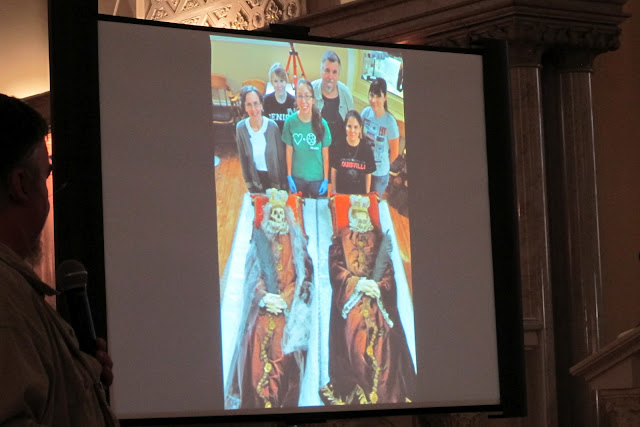by Ryan
In light of the news from the Supreme Court today (and my rather morose, but resigned, mood as a result), I will attempt a more "stein-oriented" Pope-pourri today. Good luck to me!
———
If you haven't discovered Librivox already, you really should check it out. Librivox is an Internet "acoustic library" with recordings of books and other documents in the public domain — at no charge. I am currently working through Summa Theologica: Pars Prima by St. Thomas Aquinas, The Adventures of Sherlock Holmes by Arthur Conan Doyle and various works by Francis Bacon. If you are brave enough, you can volunteer to create audio recordings of works not in the library.
 |
| Indeed. |
———
So, you've probably noticed by now that I don't really have many hobbies. There's probably some wonderful Confucian quote that will inform me as to why that is a good thing or not. At any rate, the knowledge and history of beer is a hobby that consumes more of my time than any other hobby. And, perhaps, there's a small chance that you've thought, "I wish I knew as much about beer as Ryan." Michael Jackson's The Beer Hunter series is a nice introduction to the major beer cultures: Belgian, monastic, German, Czech, English and American. The episodes are in English with Dutch subtitles, which works fine until you reach the Czech Republic where no one speaks English. And, in case you are wondering, it's not that Michael Jackson, as he points out in the introduction to his first show:
"My name really is Michael Jackson, but I don't sing, and I don't drink Pepsi. I drink beer; that's what I do for a living..."
Nice work if you can get it.
———
You probably aren't thinking of making a big pot of soup when it's 102 degrees outside, but, in case the fancy strikes you, this recipe is a "copycat" recipe for the chicken and gnocchi soup from Olive Garden. Personally, I make a few changes:
- Substitute the chicken with shrimp (cut into small pieces, or whatever you desire)
- Use green onions instead of regular onion (just buy one bunch and chop the green "leaf" up)
- Add one or two cans of cream of broccoli/celery soup
- Use frozen spinach (still one cup)
- Omit parsley and nutmeg for whatever fresh herbs you have around (I used lemon verbena recently.)
Serve with some crusty bread, and top with an earthy cheese. Consume for the next several days.
———
We will be off the blog for the next few days; expect our newest post at the end of next week. Until then, happy Independence Day, and may God bless you and your family with an abundance of graces.
















